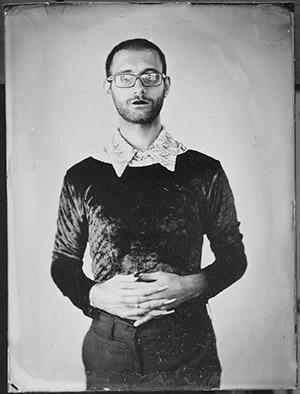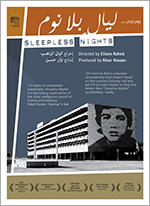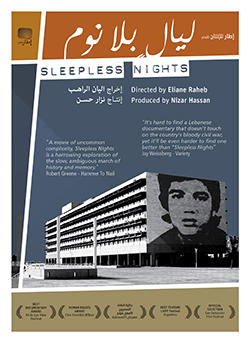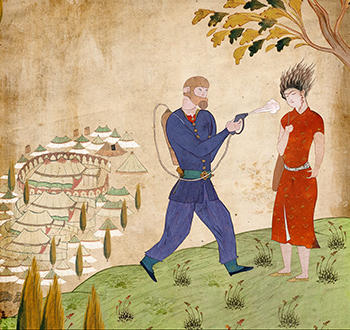Film & Visual Art
2014
Oct
24
2014
May
02
Three Events on Lebanon: Film Screening, Book Talk, and Middle East Seminar
2014
Apr
14
2014
Apr
09
2014
Mar
06
2014
Mar
03
2014
Feb
27
Farrin Abbas Zadeh in the Harvard Gazette
Video: Drawing the Tunisian Revolution
2013
Nov
14
Moroccan Studies Program hosts filmmaker Nabil Ayouch
2013
Jan
22
2013
Jan
15
2012
Sep
19

 First To Fall
First To Fall The Harvard Middle East Cultural Association (HMECA) and the Harvard Divinity School Muslim Council are pleased to present
The Harvard Middle East Cultural Association (HMECA) and the Harvard Divinity School Muslim Council are pleased to present

 CMES Outreach Program Documentary Film Screening
CMES Outreach Program Documentary Film Screening
 Join a screening of Fill the Void (Israel, 2012) as part of the 2013-14 Middle East Film Series co-sponsored with Harvard Kennedy School's Middle East Initiative....
Join a screening of Fill the Void (Israel, 2012) as part of the 2013-14 Middle East Film Series co-sponsored with Harvard Kennedy School's Middle East Initiative....  In conjunction with
In conjunction with  In conjunction with
In conjunction with